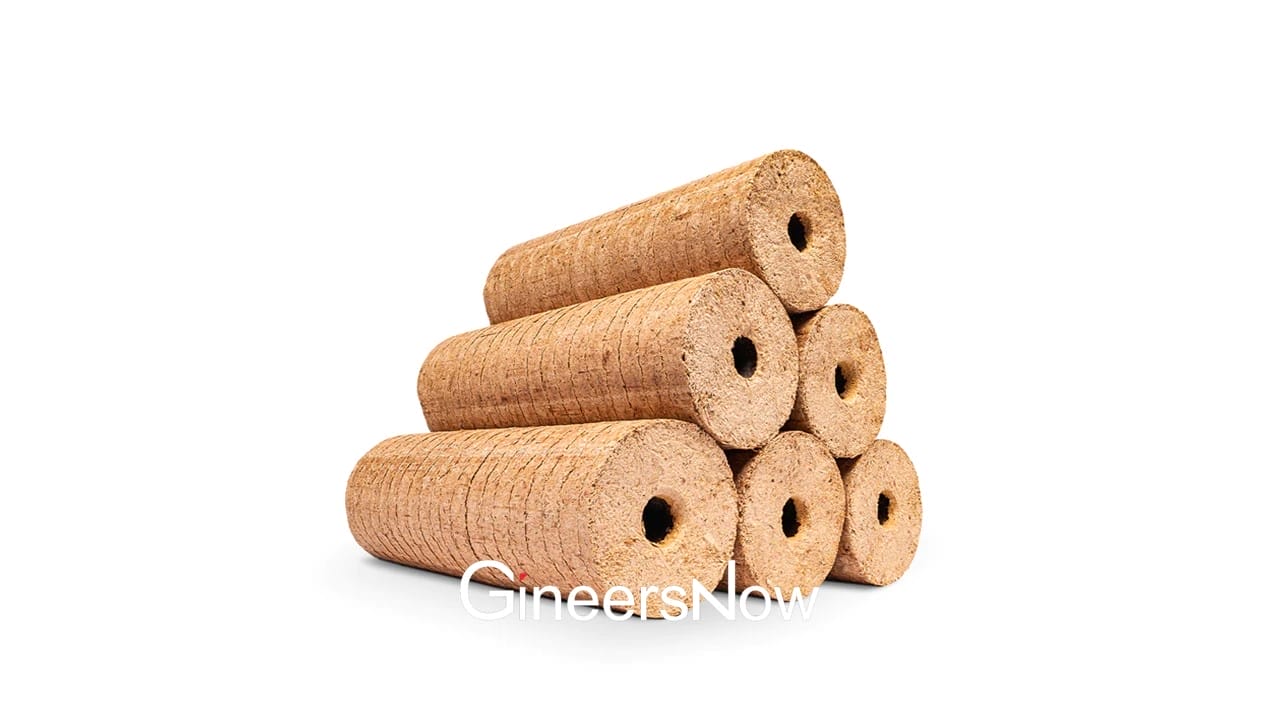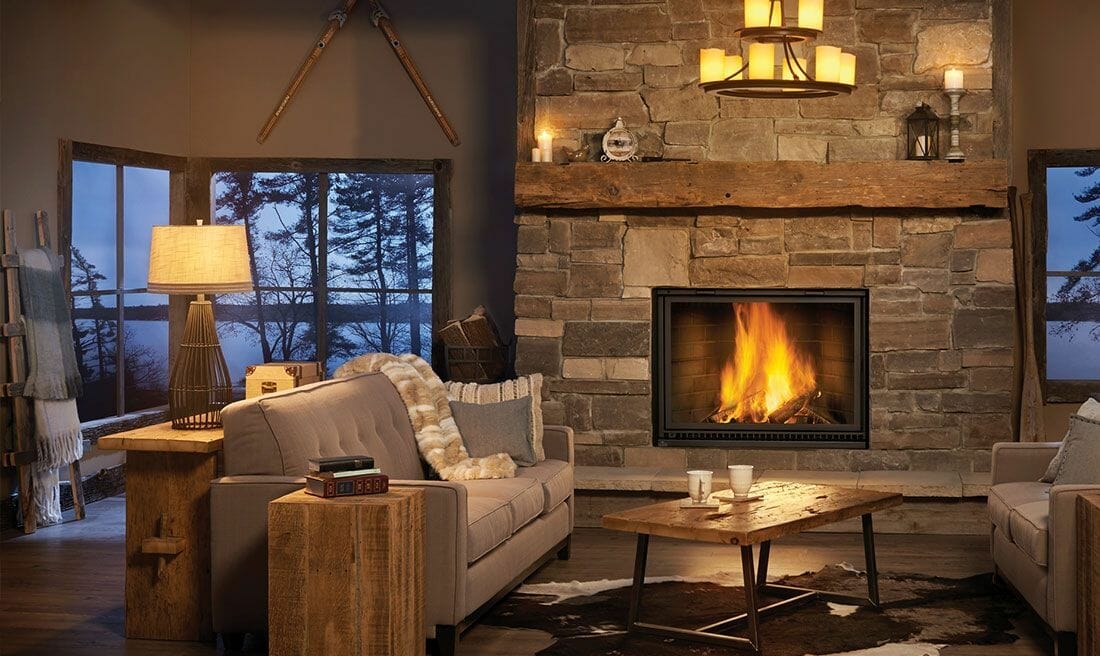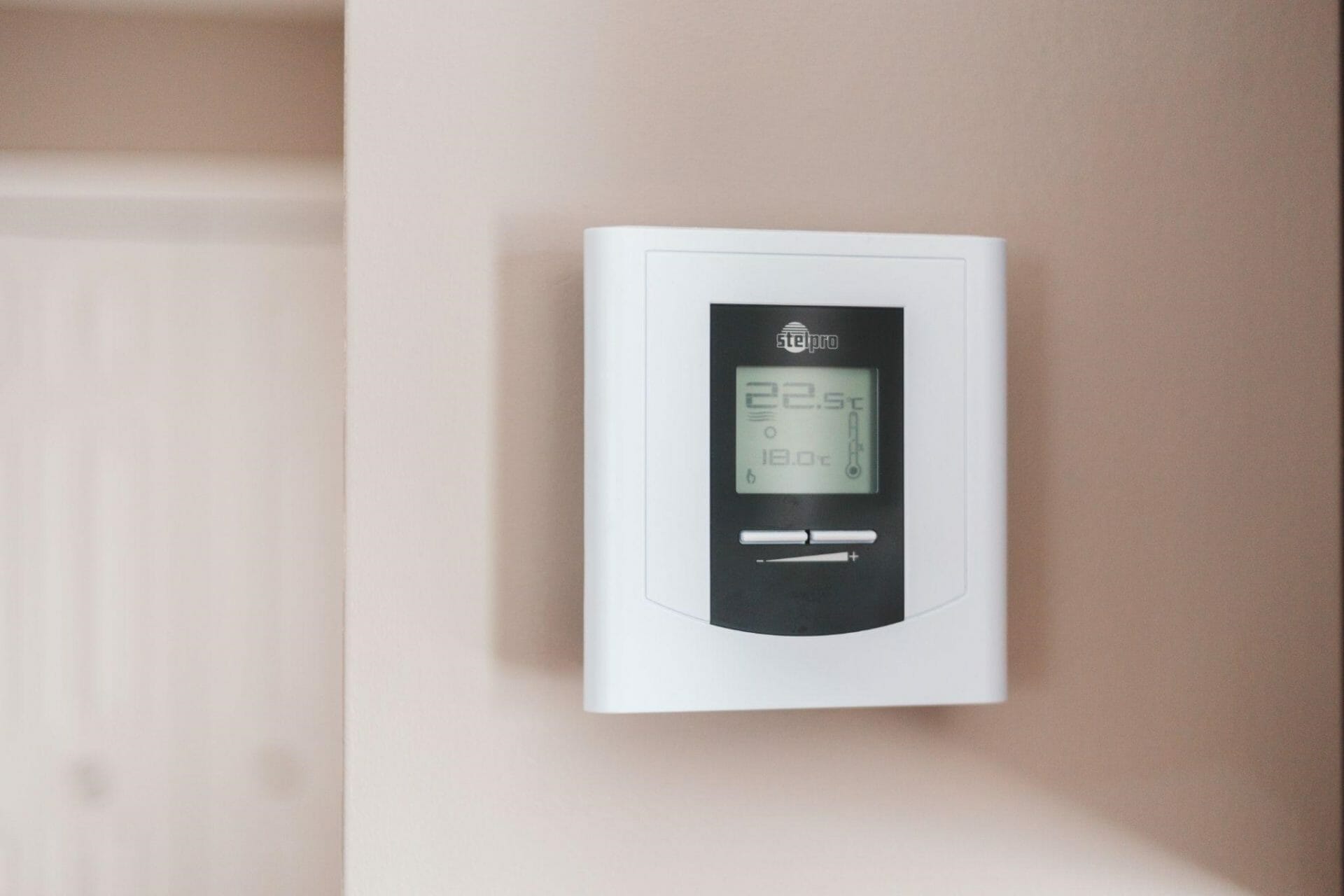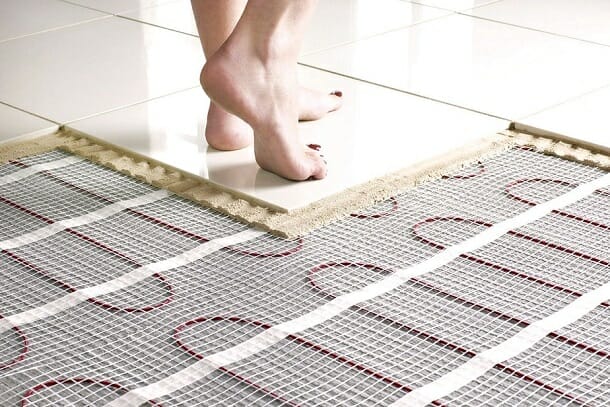Top 7 Tips for Heating Your Home
Do you know how much an average American spends on energy? Well, the answer is almost 7% of their annual income. Heating your home warm during the harsh days of winter is a challenge for most Americans. While you want to heat your home, you don’t want your thermostats to crank up, resulting in skyrocketing utility bills.
Perhaps you have to make many decisions before the temperatures drop and the snowstorms start brewing, such as
- What is the best heating system for my home?
- Should I get a new water heater to have an endless hot water supply at a low cost?
- How much will it cost to upgrade my heating system?
While you are searching for the most efficient heating system, we have some “cool” tips for heating your home.

1. Prevent the Heat from Escaping
Let’s begin with the basics. In winter, uncovered windows allow 40% of the heat to escape your home.
How cozy and warm your home will remain if you prevent the heat from “eloping.” According to the US Department of Energy, adding thick curtains/drapes can reduce 25% of heat loss.
While you may find sheer drapes attractive, they don’t help much to insulate the windows. Also, your curtains should not block any HVAC vents in your home.

2. Track and Seal Air Leaks
Adding drapes might not be enough when there are air leaks in the doors and windows, allowing cold wind drafts into the room. Inspect the weather-stripping on the windows; if you find a crack or peeling, seal them up. You may use caulk as a sealant. Also, if you want to keep the windows shut for the whole season, shrink-wrap them with sealing kits. It is one of the cost-effective ways of heating your home.

3. Insulate your Water Heater Pipes
Conventional water heaters and their pipes are likely to lose heat with time. However, you can reduce the heat loss by installing insulation jackets in the heater and the pipe. Insulate the first three feet of your heater’s water pipes.
Insulating the pipes helps increase the water temperature from 2°F to 4°F. The temperature rise allows you to adjust your water temperature setting. Also, hot water will start coming as soon as you turn the showerhead, helping conserve water.
Bonus Tip: The average life span of conventional tank water heaters is not more than 15 years. If your heater has lived its life, consider buying a new water heater. Compared to a conventional heater, tankless water heaters are more efficient.

4. Insulate your Home
Good insulation is important for heating your home in winter. Well-insulated homes can save up to 45% energy on heating and cooling systems. Whether you choose ceiling vents or floor vents, good insulation will prevent cold air drafts during winter. You may have an insulation system installed in your attic with professional help or do it yourself. While home insulation may have some upfront costs, it will reduce energy costs in the long run.
5. Invest in a Smart Thermostat
Invest in a programmable thermostat for your home if you haven’t already. Programmable thermostats allow you to set the machine at different temperatures during different times of the day. According to the DOE’s Energy Star Program, you can save up to $180 annually with a programmable thermostat. 20ºC is an ideal temperature for heating your room in winter. Smart thermostats are designed to sense the temperature changes in the room and adjust, if required, accordingly.
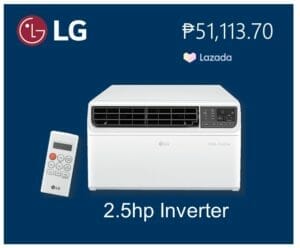
6. Switch your Ceiling Fan’s Blade
Perhaps most people keep their fans off in winter. They don’t know that ceiling fans can control the heat flow in your room like ceiling vents. During the colder days, you can set the blades to clockwise rotation. All you have to do is turn off the fan, and when it stops, look at its motor housing. Change the rotation direction from the switch on the motor. As the blades rotate clockwise, they pull the air up and force the hot air downward.
7. Heat your Home with Space Heater
Heating your entire home in winter can be costly. It’s a waste of money to heat rooms that you may not even use. Consider reducing your thermostat a few degrees and getting a space heater for your living room. Not to mention, reducing your heater’s temperature by 10% helps you save 3%- 5% on your energy bills.

Space heaters have wheels attached, so they are handy. You can place them in any room that is in use. Make sure to buy an energy-efficient heater—the one with an in-built thermostat or timer. Also, your space heater must be designed to sense temperature changes and adjust accordingly.
Final Thoughts
Heating your homes without cranking up your heating units may seem difficult, but it is not impossible. Sealing the air leak and adding drapes may help prevent the heat from escaping. Also, install insulation in your home, water heater, and pipes. You can also find a contractor to make the entire process convenient.













